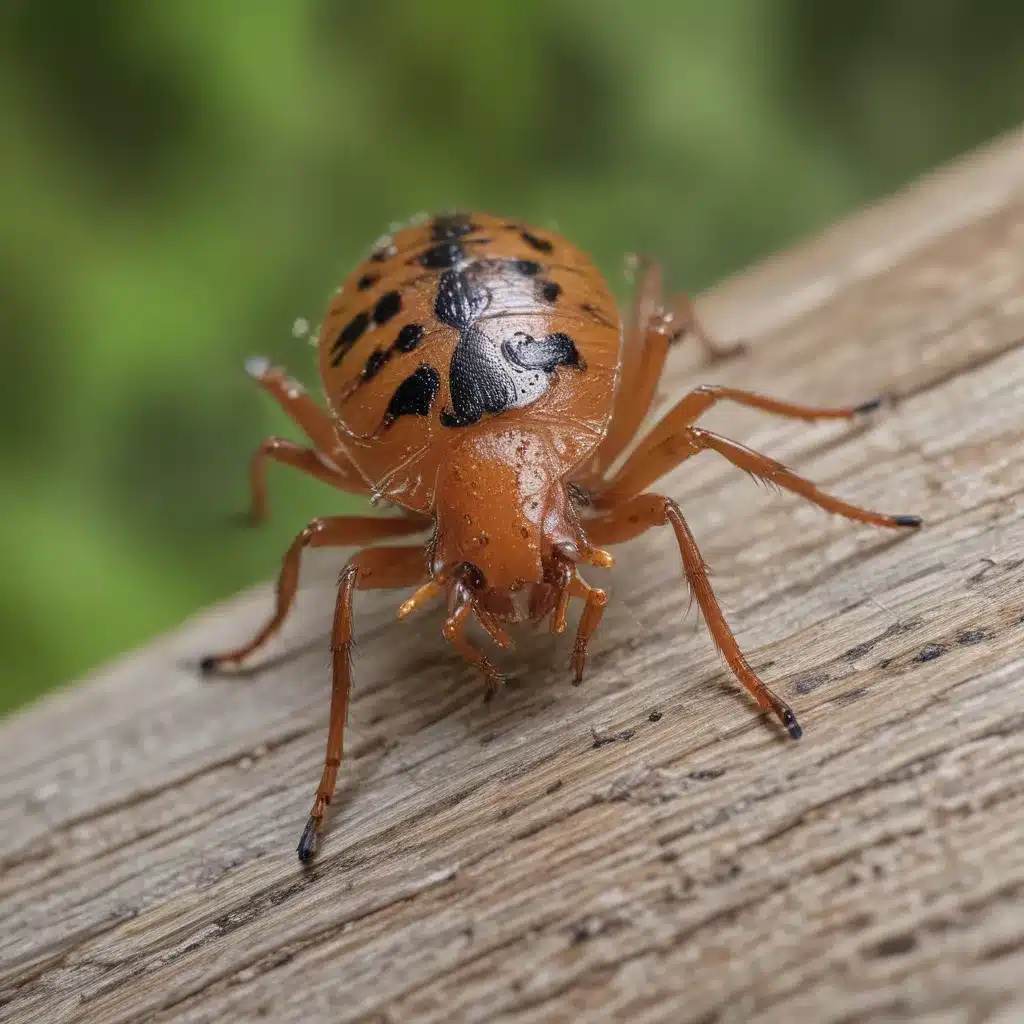Uncovering The Secrets Of Tick Torment
Picture this: You’re enjoying a lovely summer day, soaking in the warm rays and reveling in nature’s beauty. Little do you know, lurking in the lush foliage, a tiny terror is waiting to strike – a tick, ready to latch onto your skin and wreak havoc.
As an avid outdoor enthusiast and resident of Nottingham, UK, I’ve had my fair share of tick encounters. These miniature blood-sucking arachnids have a way of turning a delightful day in the park into a nightmarish ordeal. But fear not, my fellow Nottingham neighbors, for I’m about to share a comprehensive guide on navigating the treacherous world of tick bites – from prevention to proper removal, and beyond.
Ticks: The Tiny Terrors
Ticks are small, eight-legged creatures that belong to the arachnid family. They come in various sizes, from the minuscule deer tick (the size of a poppy seed) to the larger wood tick (the size of an apple seed). These parasites thrive in wooded, grassy areas, eagerly awaiting the arrival of their next unsuspecting host.
According to the experts at Children’s Hospital Colorado, ticks have an impressive talent for attaching themselves to their prey. They skillfully insert their mouthparts into the skin, anchoring themselves firmly in place while they leisurely feast on their host’s blood.
And the real kicker? Ticks don’t just bite – they can also transmit a multitude of dangerous diseases, including Lyme disease, Rocky Mountain spotted fever, and ehrlichiosis. The mere thought of these microscopic marauders is enough to send shivers down my spine.
Preventing Tick Torment
Now that we’ve established the menace that ticks pose, let’s dive into the art of prevention. After all, an ounce of precaution is worth a pound of cure, as they say.
The experts at KV Healthcare suggest that the key to avoiding tick bites lies in simple yet effective measures. When venturing into tick-infested areas, it’s essential to cover up with light-colored clothing, tuck your pants into your socks, and apply a generous amount of insect repellent containing 20-30% DEET.
But wait, there’s more! Did you know that you can also treat your clothing with permethrin, a powerful tick-repelling compound? This invisible armor can provide an extra layer of protection, ensuring those pesky ticks bounce right off.
And let’s not forget the importance of regular tick checks. After any outdoor excursion, make sure to thoroughly inspect yourself, your family, and your pets. Those tiny terrors love to hide in hard-to-reach areas, so be sure to check everywhere, from your scalp to your toes.
Tick Removal: A Delicate Dance
Despite our best efforts, sometimes those unwelcome guests manage to sneak past our defenses and latch onto our skin. When that happens, it’s crucial to remove the tick promptly and properly.
According to the findings published in the Journal of the American Medical Association, the key to successful tick removal is to use a pair of fine-tipped tweezers. Gently grasp the tick close to the skin and pull it straight out, avoiding any twisting or jerking motions. This helps ensure the tick’s head doesn’t break off and remain embedded in your skin.
Once the tick is removed, clean the bite area with soap and water, and consider applying an antiseptic to prevent infection. And remember, never attempt to smother or burn the tick – this can actually cause it to regurgitate its contents, increasing the risk of disease transmission.
Tick-Borne Troubles: Spotting The Signs
Now, let’s talk about the dreaded aftermath of a tick bite. While the initial bite may seem harmless, the real threat lies in the potential for tick-borne illnesses. Vigilance is paramount, as early detection and treatment can make all the difference.
One of the most well-known tick-borne diseases is Lyme disease. According to Children’s Hospital Colorado, the hallmark sign of Lyme disease is a distinctive bullseye-shaped rash that can appear at the site of the tick bite, typically within 3-30 days. Other symptoms may include fever, chills, body aches, and fatigue.
But Lyme disease isn’t the only concern. Ticks can also transmit a variety of other infections, such as Rocky Mountain spotted fever, ehrlichiosis, and tularemia. Familiarizing yourself with the telltale signs of these diseases, and seeking prompt medical attention if they arise, can be the difference between a mild inconvenience and a serious health crisis.
Reclaiming Your Outdoor Oasis
As a proud Nottingham resident, I know how important it is to cherish and protect our beautiful outdoor spaces. And while ticks may seem like a relentless foe, armed with the right knowledge and strategies, we can reclaim our rightful place in nature’s grand playground.
Remember, prevention is key. Dress wisely, apply repellent, and stay vigilant during your outdoor adventures. And if the unthinkable happens, and a tick does manage to latch on, remove it promptly and keep a close eye on your health.
At the end of the day, our beloved Sherwood Forest and the countless other green oases that dot our city shouldn’t be off-limits due to the threat of ticks. With a little preparation and a lot of determination, we can continue to embrace the great outdoors and create lasting memories with our loved ones.
So, let’s venture forth, armed with the knowledge and confidence to tackle these tiny terrors head-on. After all, the adventures that await us in the heart of Nottingham are far too magnificent to miss. Let’s reclaim our rightful place in nature’s embrace!







